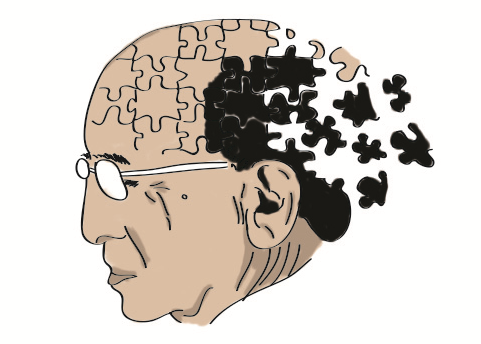Progress Against Alzheimer's Disease

Decades of research and tens of billions of dollars in funding have produced mountains of scientific and medical literature about Alzheimer’s disease, the sixth leading cause of death. Yet only marginally effective preventive or therapeutic interventions have resulted. Reversing or “curing” the disease is unlikely in the near term. Promising clinical trial results may offer glimmers of hope, but most progress against the disease has not come from biomedical advances.
Instead, the brightest ray of hope in addressing Alzheimer’s disease comes from a surprising place: progress in the practical work of taking care of dementia patients. The range, availability and quality of care for Alzheimer’s patients has improved. Delivering better care was not accidental. It was the product of concerted effort on the part of pioneers in day care, respite care and long-term care, fomented by federal policymakers (under the guidance of the now-defunct congressional Office of Technology Assessment) and, most importantly, creative leadership from the nonprofit Robert Wood Johnson Foundation. This was innovation from unexpected sources — not from molecular biology or genetics research, but from small entrepreneurial day care centers distributed throughout the nation.
What are the implications of this history for ongoing efforts to deal with Alzheimer’s disease? What does it say about investments in the study of health services and innovations in health care delivery? As Congress provides new money to fund research, what lessons can help guide the next generation of public investments?
To celebrate the publication of the fall 2018 edition of Issues in Science and Technology, join ASU professor Robert Cook-Deegan, author of “Progress Against Alzheimer’s Disease?” and an OTA alum, for a fascinating look at the current state of and future opportunities for Alzheimer’s treatment and care.

